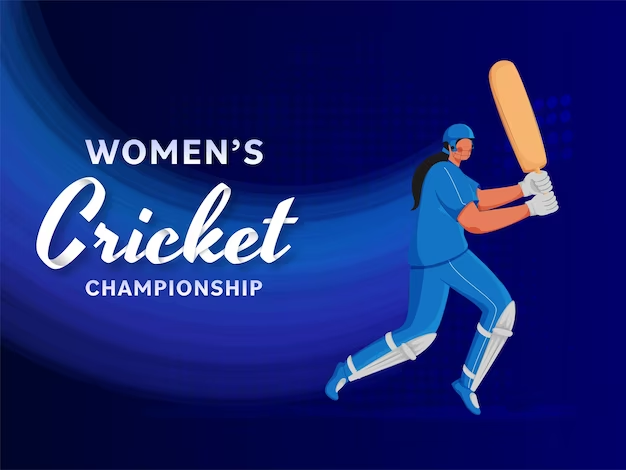Introduction
In the world of sports, where passion and perseverance collide, the Women’s Cricket World Cup emerges as a radiant beacon. A symphony of skill, teamwork, and sheer determination, this global event transcends boundaries and embodies the spirit of fierce competition and unity. As we delve into the annals of the Women’s World Cup, we unveil the stories of heroes who have etched their names in history and inspired generations.
The Early Days of Glory
Pioneers Who Ignited the Flame
The inaugural chapter of the Women’s Cricket World Cup was penned in 1973, a time when the cricketing landscape was vastly different. Amidst societal constraints and limited opportunities, stalwarts like Rachael Heyhoe-Flint rose to prominence, leading England to victory. Their indomitable spirit laid the foundation for the celebration we know today.
A Glimpse into Triumphs
The journey of the Women’s World Cup saw teams evolve, tactics transform, and records shattered. Belinda Clark’s monumental innings of 229 runs in 1997, a feat that stood unchallenged for years, showcased the prowess of the players and cemented her status as an icon. These moments became more than wins; they became threads weaving the tapestry of women’s cricket.
Modern Legends on Display
Shaping the Contemporary Landscape
As the cricketing world evolved, a fresh crop of heroines emerged to redefine the sport. Mithali Raj’s consistency and leadership, alongside Ellyse Perry’s dual mastery of batting and bowling, brought new dimensions to the game. Their performances and dedication have cast them as modern-day legends, inspiring a generation to reach for the stars.
Spectacles That Enraptured the Globe
From nail-biting last-over encounters to breathtaking displays of athleticism, the Women’s World Cup delivered unforgettable spectacles. Jhulan Goswami’s record-breaking wickets and dramatic chases that left fans breathless stand as testaments to the thrilling narratives that unfold on the pitch.
Trials, Triumphs, and Transformation
Confronting Barriers with Valor
Even in the midst of triumph, the Women’s Cricket World Cup faced challenges that tested its mettle. Inequality in funding and recognition persisted, but the players’ resilience shone through. Their battles on the field mirrored their efforts to shatter stereotypes and champion gender equality.
A Force of Empowerment
Cricket isn’t just a sport; it’s a catalyst for change. The Women’s Cricket World Cup is a platform where athletes forge a path, not just to victory, but to empowerment. Their journey inspires society to question norms and recognize that potential knows no gender boundaries.
A Standing Ovation to Heroes
A Legacy Beyond Trophies
As we stand on the precipice of yet another Women’s Cricket World Cup, it’s essential to recognize the heroes who made it all possible. They’ve transcended the confines of the field, leaving imprints on hearts and minds. Their legacy is one of breaking barriers, fostering dreams, and celebrating the essence of cricket.
Conclusion
The Women’s Cricket World Cup isn’t just a tournament; it’s a narrative of passion, struggle, and triumph. From humble beginnings to the global stage, it showcases the unbreakable spirit of those who dared to dream. As we cheer from the sidelines, let’s remember that the heroes of this saga are more than cricketers – they’re architects of change and embodiments of inspiration.
FAQs
Q1. When was the inaugural edition of the Women’s Cricket World Cup conducted?
A1. The first Women’s Cricket World Cup took place in 1973.
Q2. Who were the early pioneers of women’s cricket?
A2. Rachael Heyhoe-Flint and her England team blazed the trail in the early years.
Q3. What are some iconic moments in Women’s Cricket World Cup history?
A3. Belinda Clark’s record-breaking innings and Jhulan Goswami’s wickets are etched in history.
Q4. How have modern players influenced the sport?
A4. Mithali Raj’s leadership and Ellyse Perry’s versatility have redefined women’s cricket.
Q5. What impact does the Women’s Cricket World Cup have beyond sports?
A5. The event challenges norms and promotes gender equality, serving as a platform for empowerment.


